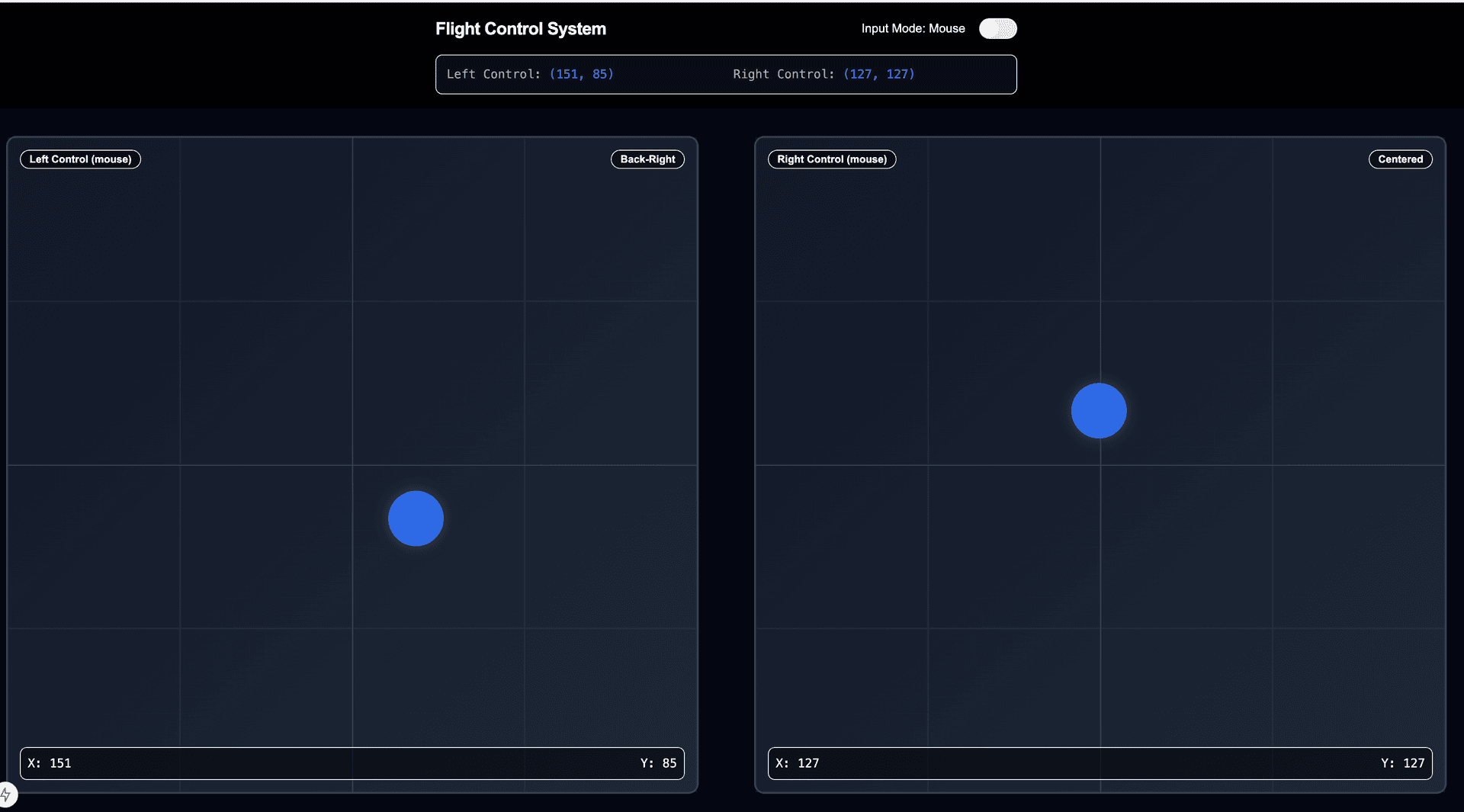>Autonomous Drone With Mesh Network Payload
A minimal, secure mesh network focusing on packet routing and cryptographic validation. Implements layers 2 & 3 of the OSI model with support for arbitrary layer 4 protocols. Developed during a defense tech hackathon

>Problem & Solution
Problem
Military operations often face communication challenges in remote or hostile environments where traditional communication infrastructure is unavailable or compromised. Units operating in these areas need secure, resilient communication networks that can be rapidly deployed without physical installation requirements.
Solution
An autonomous drone system capable of deploying radio "bricks" that establish a secure mesh network in target areas. The system enables friendly units to communicate securely through a decentralized network architecture, with potential applications for electronic warfare capabilities and covert data gathering missions.
>Challenges
Learning Rust Under Time Constraints
Had to quickly learn and implement complex networking protocols in Rust, a language I had never used before, within the tight timeframe of a hackathon.
Decentralized System Design
Designing a fully decentralized mesh network architecture that could operate reliably without central coordination in potentially hostile environments.
Project Scope Management
Balancing the ambitious goals of building a drone, payload delivery system, and mesh network simultaneously within hackathon constraints.
>Approach
Modular Architecture
Designed a modular system with clear separation between network implementation, packet handling, authorization, and error management to allow for independent development of components.
Virtual Testing Environment
Created a virtual environment to test the mesh network functionality before physical implementation, allowing for rapid iteration and validation of the networking protocols.
Security-First Design
Prioritized cryptographic security and authorization from the beginning, implementing a sophisticated rights delegation system with time-limited permissions to ensure network integrity.
>Technical Insights
CRDT-Style Route Updates
Implemented Conflict-free Replicated Data Type (CRDT) inspired route updates with cryptographic validation, allowing for eventual consistency in the distributed network without central coordination.
Authorization Tree Model
Developed a hierarchical authorization model where rights can be delegated with time-limited permissions, enabling secure access control in a decentralized environment.
Packet Routing Optimization
Implemented an efficient packet routing system with path truncation at each hop, reducing overhead and improving network scalability while maintaining security through the authorization chain.
>Technologies
>Results
- Successfully implemented a functioning mesh network protocol in a virtual environment that demonstrated packet routing and cryptographic validation
- Developed a modular architecture with clear separation between network implementation, packet handling, authorization, and error management
- Created a sophisticated authorization model with time-limited permissions and rights delegation capabilities
- Established a foundation for potential military applications including secure communications, electronic warfare, and signals intelligence gathering
>Key Learnings
- Working with Rust's strict compiler enforces better coding practices despite initial learning curve
- Decentralized mesh networks require careful consideration of security, routing, and authorization
- Hackathon projects benefit from careful scope management and MVP prioritization